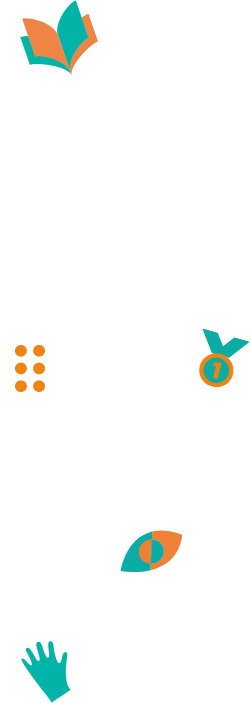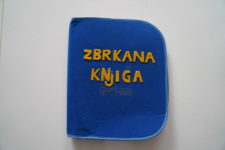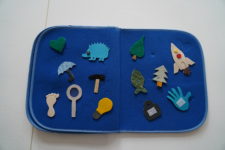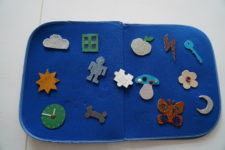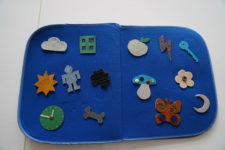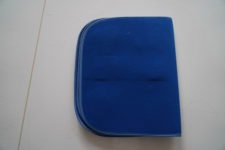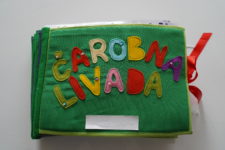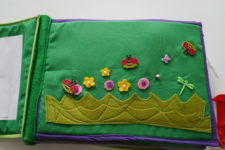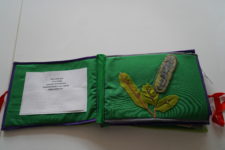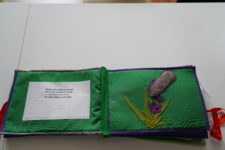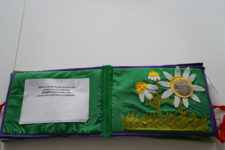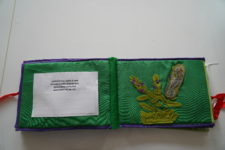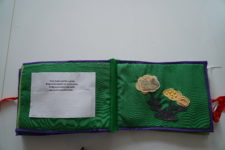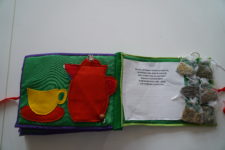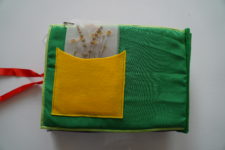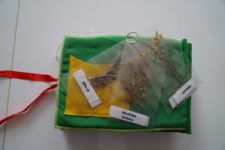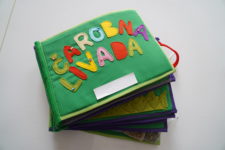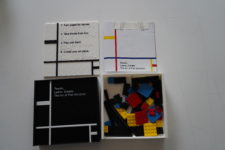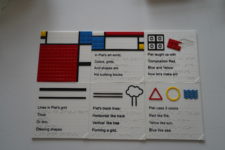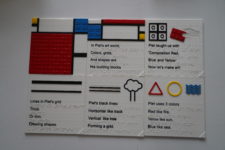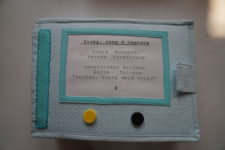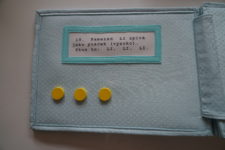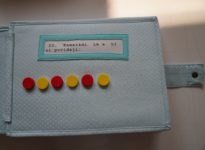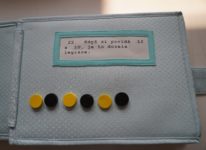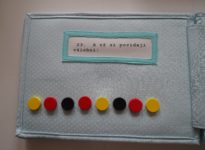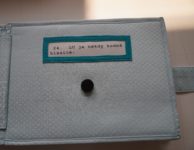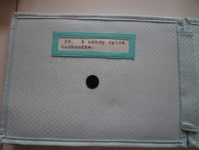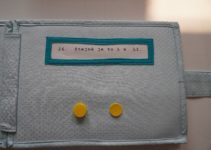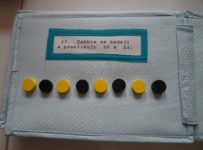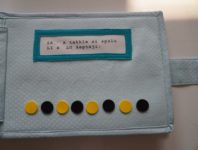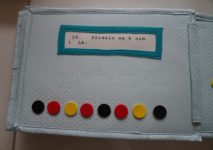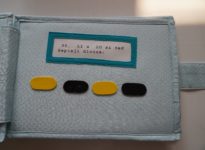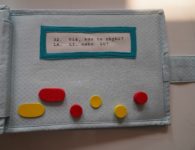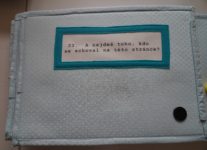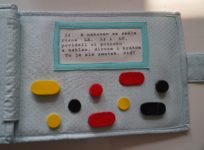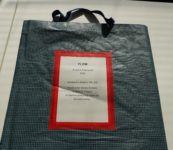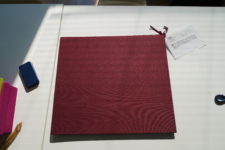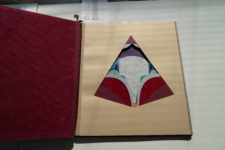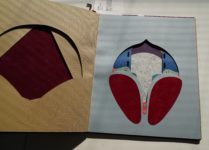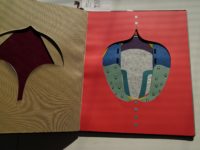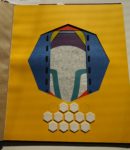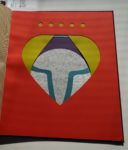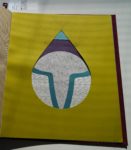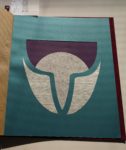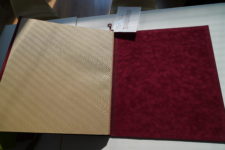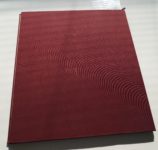In 2024, the Typhlo & Tactus international jury analyzed 69 designs from 17 participating countries for 2 days 1/2.
All the books
Page 4 / 15
Čarobna livada (A magical meadow) - Marta Senković & Ankica Valentić Butković - Croatia
Strong points:
- The use of natural scents offers a more
sensory reading experience. - The tactile image works.
- The teapot in motion.
- Everything is possible to touch.
- The teapot-to-cup mechanism is highly original.
Points to improve:
- Beware of sturdiness.
- Flowers in plastic, there’s no point, very little contact.
- Too much felt.
- The paper is too thin and gives no extra feel.
- Lots of identical materials.
The jury’s opinion
Zvuky, tóny a legrace (Sounds, tones and fun) - Klára Novotná & Helena Formánková - Czech Republic
Strong points:
- There’s an interest in learning music.
- It’s a beautiful piece of work.
- The materials come in several thicknesses.
- Relevant recessed storage for easy closing.
- Several learning associations.
- There is tactile information, volume, sound, length and height.
Points to improve:
- It’s too long, one volume would have been enough.
- Children’s attention wandered very quickly.
- Boring repetition.
- Too large a format.
- It’s a bit disappointing for an adaptation that’s familiar with the original.
- The large format loses momentum.
- The test with the blind children revealed a great deal of interest;
they were curious, happy and able to understand on their own.
The jury’s opinion
Flow - Kristýna Adámková - Czech Republic
Strong points:
- Great fun to explore
- Practically the whole body can be touched (the forearm)
- Experience a range of sensations through the different materials on each page
- Very different from the competition books, this is an artist’s book.
- It teaches us about beauty; it’s abstract, sublime and magnificent.
- It’s a beautiful poetic proposition.
- It encourages coordination between the 2 hands.
- It doesn’t propose a reading solution, everything is possible.
- The advantage of laying the book flat is that both hands and arms can discover
it at the same time.
Propositions:
- The book can be read upside down, giving a different way of reading.
- Use it in a different way, explore it with other papers.
- Discover the form and then the material.
- It’s a first educational discovery of beauty.
This model raised questions about the emotions that these artists’ books could evoke
artists’ books must exist for the visually impaired the change of empty spaces
between the visual and the tactile gives relevance and the right-left image, another way
of reading and discovering.
Point to improve: The format is a bit large.
The jury’s opinion

